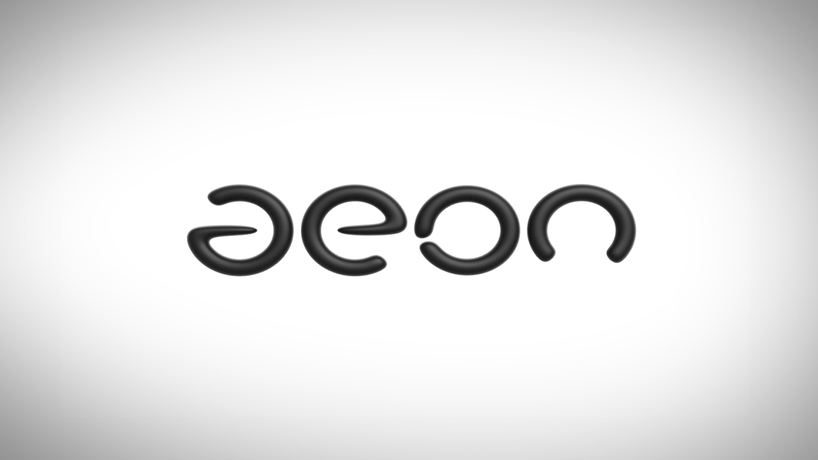
The Aeon Project by harboun michaël from france
designer's own words:
My name is michaël harboun, an interaction designer just graduated from strate college.
I would like to present you the aeon project.
this project has been conducted in partnership with dassault systems, owner of solidWorks, catia and other prominent 3d softwares.
leading in 3d applications and virtual immersion tools, the company wanted to explore new horizons for their products.
they're currently aiming to promote the use of 3d applications and immersion tools inside vehicles, whether in cars, trains, or even planes.
the aeon project highly interested dassault systems and working on a similar prototype is a possible plan for the company's future.
the project has been awarded with the 1st prize "best design and communication 2011" at the imagina awards, the european 3d simulation and visualization event.
watch the video here: http://www.youtube.com/watch?v=UjnbiaY1JCE&feature=player_embedded
what if you could travel to far-away destinations while being stuck in traffic? together with designers akki reddy challa and fabien chancel, I have been exploring possible scenarios, merging the experience of mobility and 3d applications.
driving a car has always revealed a paradox. on one hand it can be considered as symbol of freedom, and on the other hand, as an activity full of restrictions. when one buys a car, one also buys the freedom and the experience linked to the car, but of what experience are we talking about if we spend most of his time driving stressfully, juggling between two traffic jams?
companies such as google are already working on autonomous cars. they will give us the choice whether we want to drive or not. so what will we be doing in our cars if we’re not driving anymore? together with fabien chancel and akky reddy, I have been questioning the outcome of this particular “in between time” which separates two geographic places.
when travelling inside aeon, the user can live unique experiences by selecting different applications. while experiencing a quest, he can decrease or increase the amount of virtual information appearing on the window via a meter. such as light or temperature, I think that virtuality will also become a common unit which we will be regulating in our everyday life.
the meter has three main levels which are going from augmented reality, mixed reality to virtual reality. in other words, from text information, 3d integration to complete virtual immersion. the user has the freedom to control what he wants to see and if he wishes to, just see a blank page and meditate.
applications could be created by cultural institutions in order to promote cities’ patrimony. the user would be able to visualize the stories behind each architecture and learn the history of the city. but applications could also be created by anyone, giving thus the possibility to create a community of experience-creators, motivated to share their imagination.
watch the video here: http://www.youtube.com/watch?v=UjnbiaY1JCE&feature=player_embedded
The Aeon Project
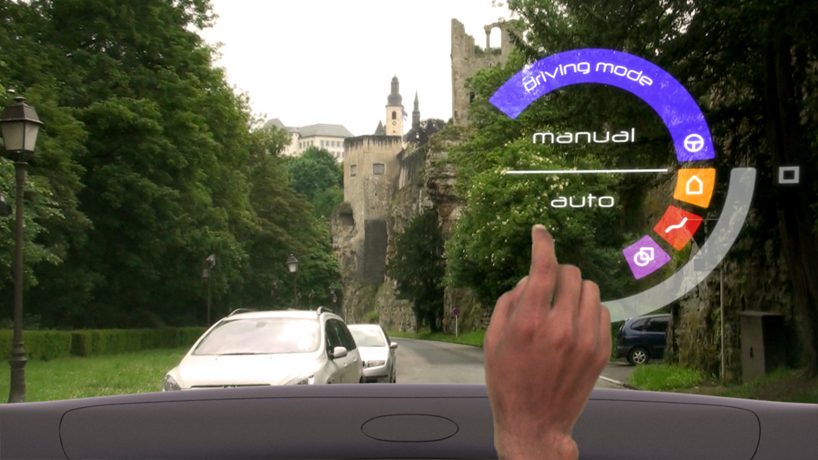 Select autopilot or manual mode
Select autopilot or manual mode
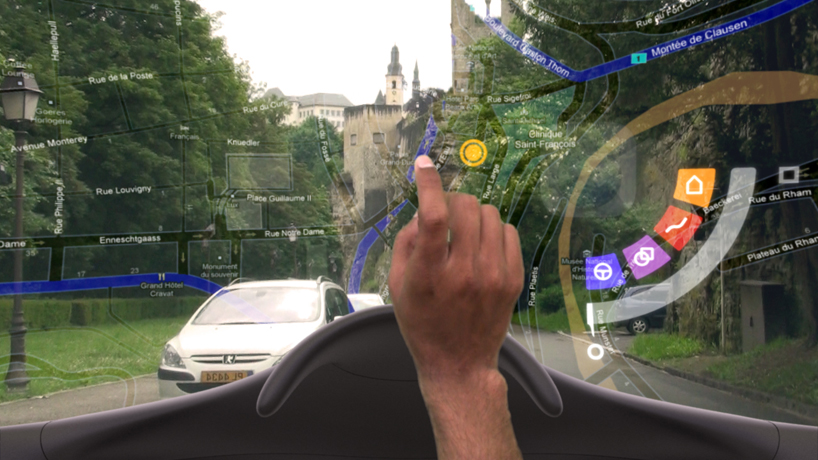 Select destination
Select destination
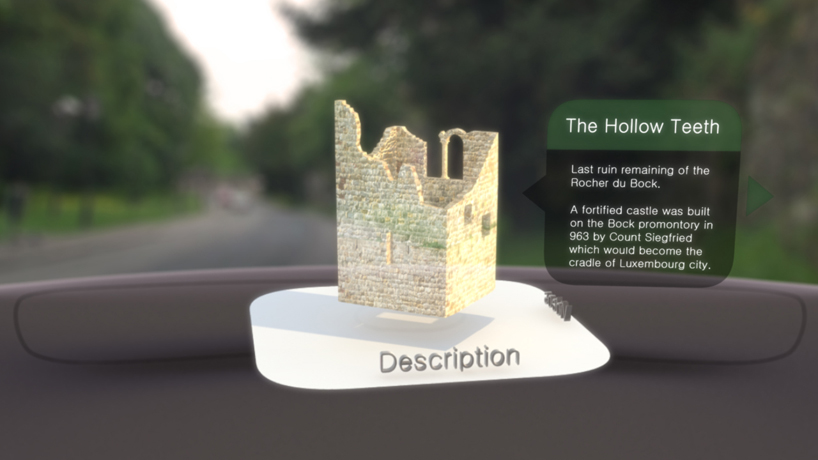 Hologram of surrounding architecture
Hologram of surrounding architecture
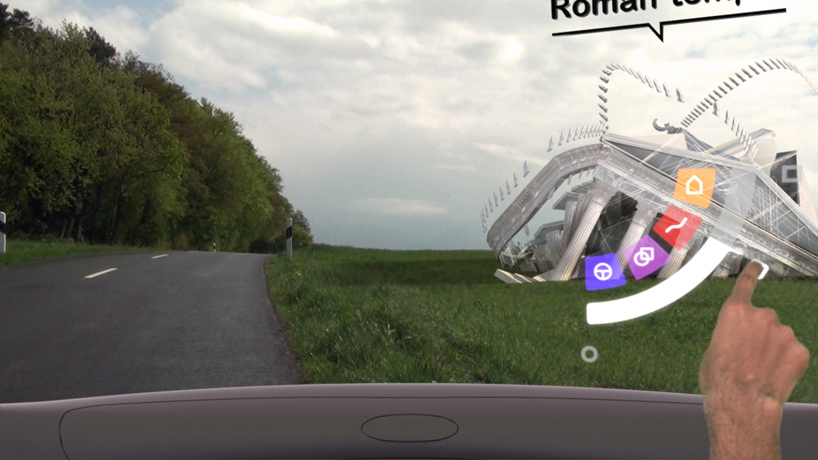 Making ancient architecture appear with augmented reality
Making ancient architecture appear with augmented reality
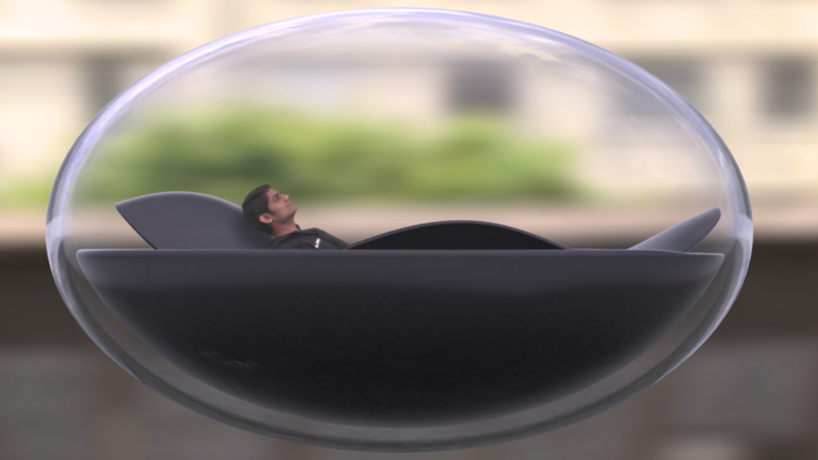 Change the shape of the seat to enjoy the virtual immersion
Change the shape of the seat to enjoy the virtual immersion